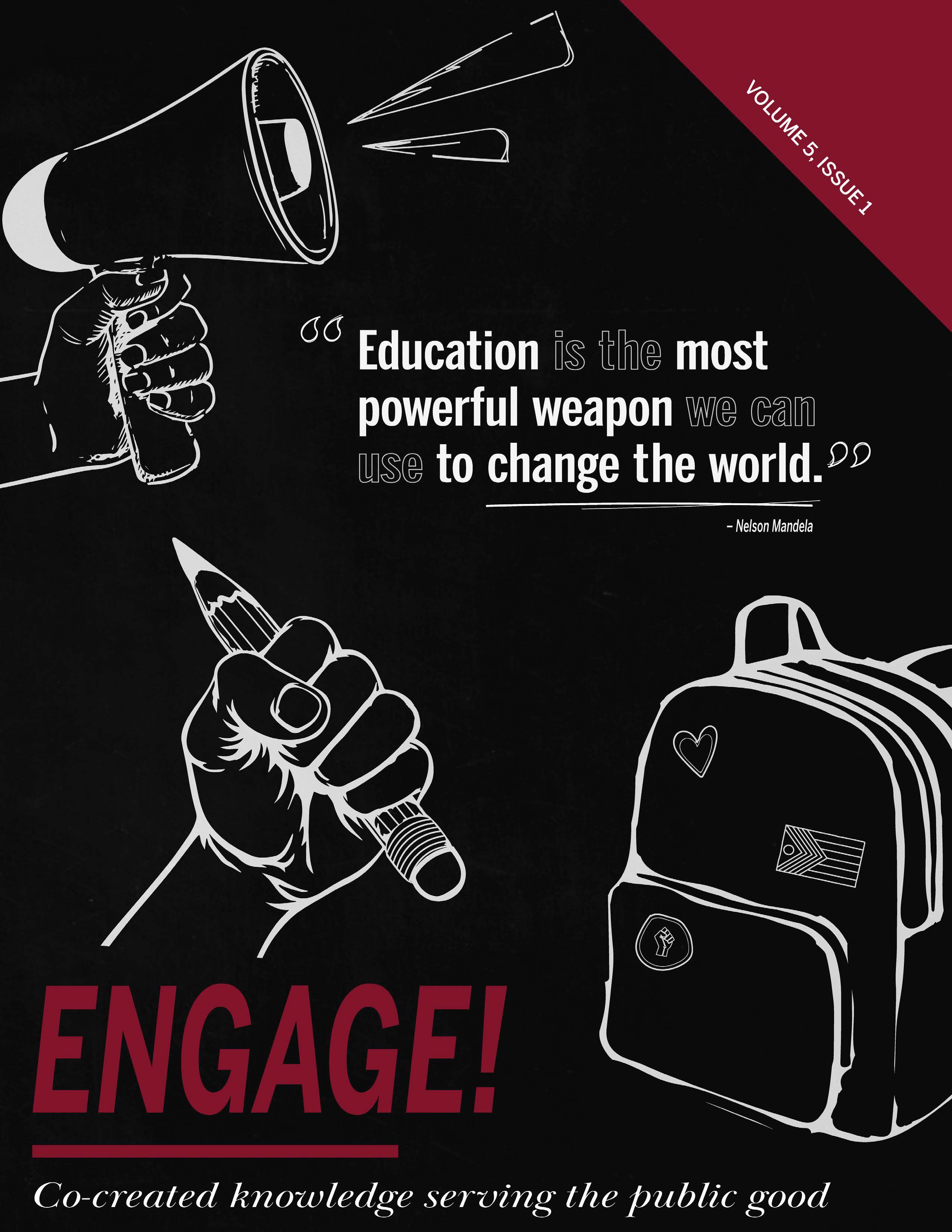Understanding STEM from Students’ Perspectives: Exploring Students’ Lived Communities and the Learning Communities They Wish to Create
DOI:
https://doi.org/10.18060/26517Keywords:
community-engaged research, STEM education, anthropological methods, contexts, identitiesAbstract
Community engagement in STEM learning and teaching largely focuses on citizen science projects, serving the needs and goals of the largely white and male dominated STEM fields with only cursory attention to the lived experiences and narratives of the learners who engage in these experiences (Mahmoudi et al., 2022; Rautio et al., 2022). This article explores the ways in which researchers can work with students to uncover the ways in which they experience learning environments, and pathways for change according to their community memberships, aspirations, and goals. Participants in this research are high school biology students in a diverse mid-suburban city. To understand their perspectives, students participated in activity structures grounded in anthropological methods including ethnographic interviews (Emerson et al., 1995; Spradley, 1979), illustrations (Haney et al., 2004), pile sorts (Boster, 1994; Ryan & Bernard, 2003), and ranking (Smith & Borgatti, 1997; Thompson & Juan, 2006). Moving between consensus and individuals, this research demonstrates the ways in which students’ critical and meaningful experiences and aspirations can be understood and heard.
Downloads
Published
Issue
Section
License
Copyright (c) 2023 Jeremy Price

This work is licensed under a Creative Commons Attribution-NonCommercial 4.0 International License.

